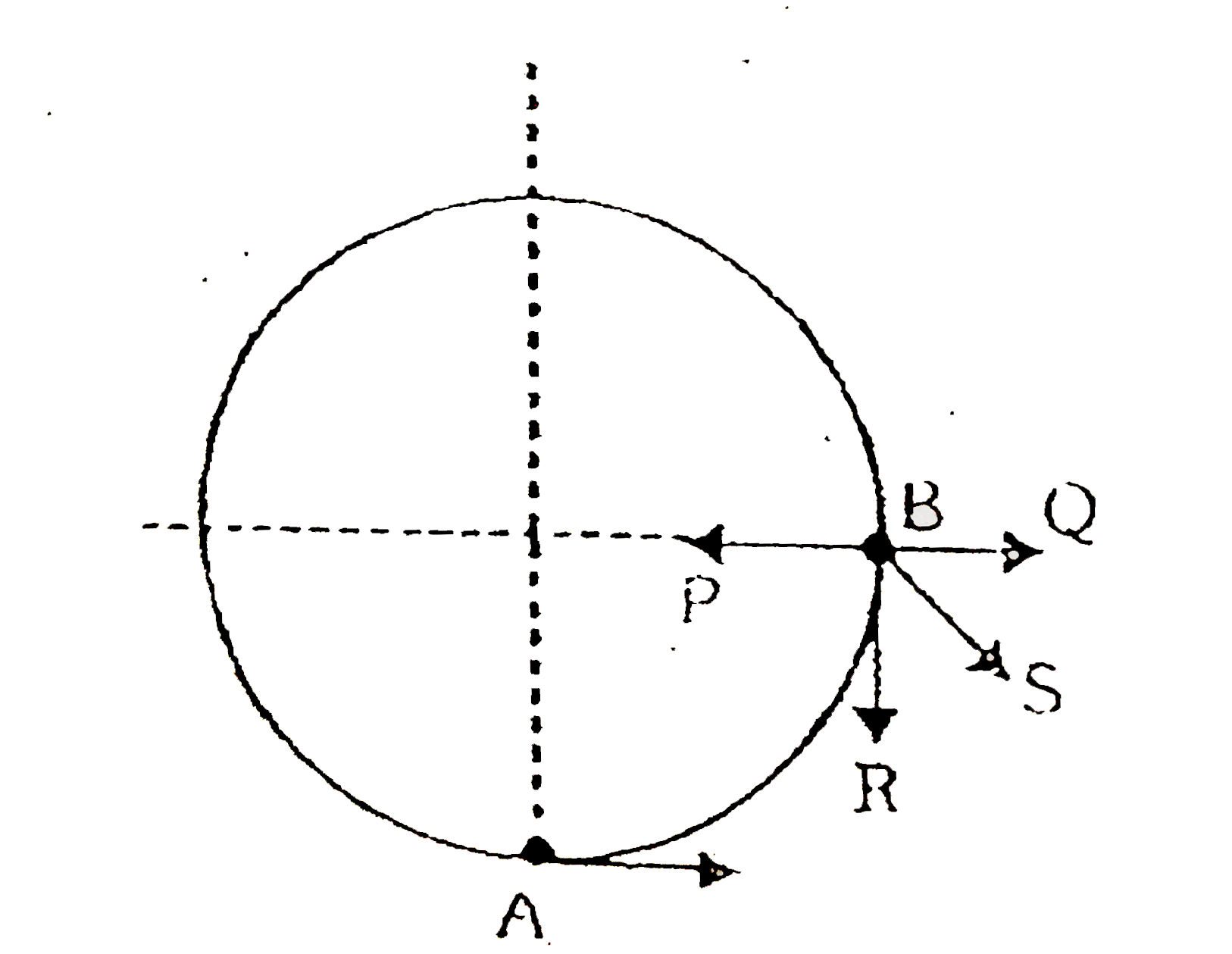A spherical ball is moving with terminal velocity inside a liquid determine the relationship of rate of heat loss with the radius of ball.
Rate of heat loss= power =F×v=6πηrv×v=6πηrv2=6pηr[29gr2(ρ0−ρl)η]2
Rate of heat loss αr5
Topper's Solved these Questions
- BOOK - RESONANCECHAPTER - DAILY PRACTICE PROBLEMSEXERCISE - dpp 91 illustration2videos
DAILY PRACTICE PROBLEMS
- BOOK - RESONANCECHAPTER - CURRENT ELECTRICITYEXERCISE - Exercise54videos
CURRENT ELECTRICITY
- BOOK - RESONANCECHAPTER - ELASTICITY AND VISCOCITYEXERCISE - Advanced Level Problems9videos
ELASTICITY AND VISCOCITY
Similar Questions
A ball moving with a velocity v strikes a wall moving toward the wall with a velocity u. An elastic impact occurs. Determine the velocity of the ball after the impact. What is the cause of the change in the kinetic energy of the ball ? Consider the mass of the wall to be infinitely great.
 View Solution
View SolutionA solid spherical ball of iron with radius 6 cm is melted and recase tin to three solid spherical balls . The radii of the two of the balls are 3 cm and 4 cm respectively determine the diameter of the third ball.
View Solution
Knowledge Check
- Question 1 - Select One
A spherical ball falls through viscous medium with terminal velocity v. If this ball is replaced by another ball of the same mass but half the radius, then the terminal velocity will be (neglect the effect of buoyancy.)
AvB2vC4vD8v - Question 2 - Select One
A ball of mass m inside a smooth spherical shell of radius R with velocity √2qR at A What is the direction of force acting on the ball, when it reaches B ?
 ABPBBQCBRDBS
ABPBBQCBRDBS - Question 3 - Select One
A metal ball falls through water with terminal velocity 20 ms−1. When the ball is allowed to fall through vacuum, then
ATerminal velocity is 30 ms−1BTerminal velocity is 20 ms−1CTerminal velocity is 15 ms−1DThere is no terminal velocity
Three metallic spherical balls of radii 3 cm, 4 cm and 5 cm are melted and recast into a big spherical ball. Find the radius of this big ball.
View SolutionA spherical ball of iron has been melted and made into smaller balls. If the radius of each smaller ball is one-fourth of the radius of the original one, how many such balls can be made?
View SolutionA ball of mass m moving with velocity u strikes another identical ball at rest. Find the velocities of the balls after the collision if the coefficient of restitution is e and the collision is head -on. Also , calculate the loss in K.E.
View SolutionA small lead ball is falling freely in a viscous liquid The velocity of the ball
View SolutionA ball rises to the surface of a liquid with constant velocity. The density of the liquid is four lime the density of the material of the ball. The frictional force of the liquid on the rising ball is greater than the weight of the ball by a factor of
View Solution

